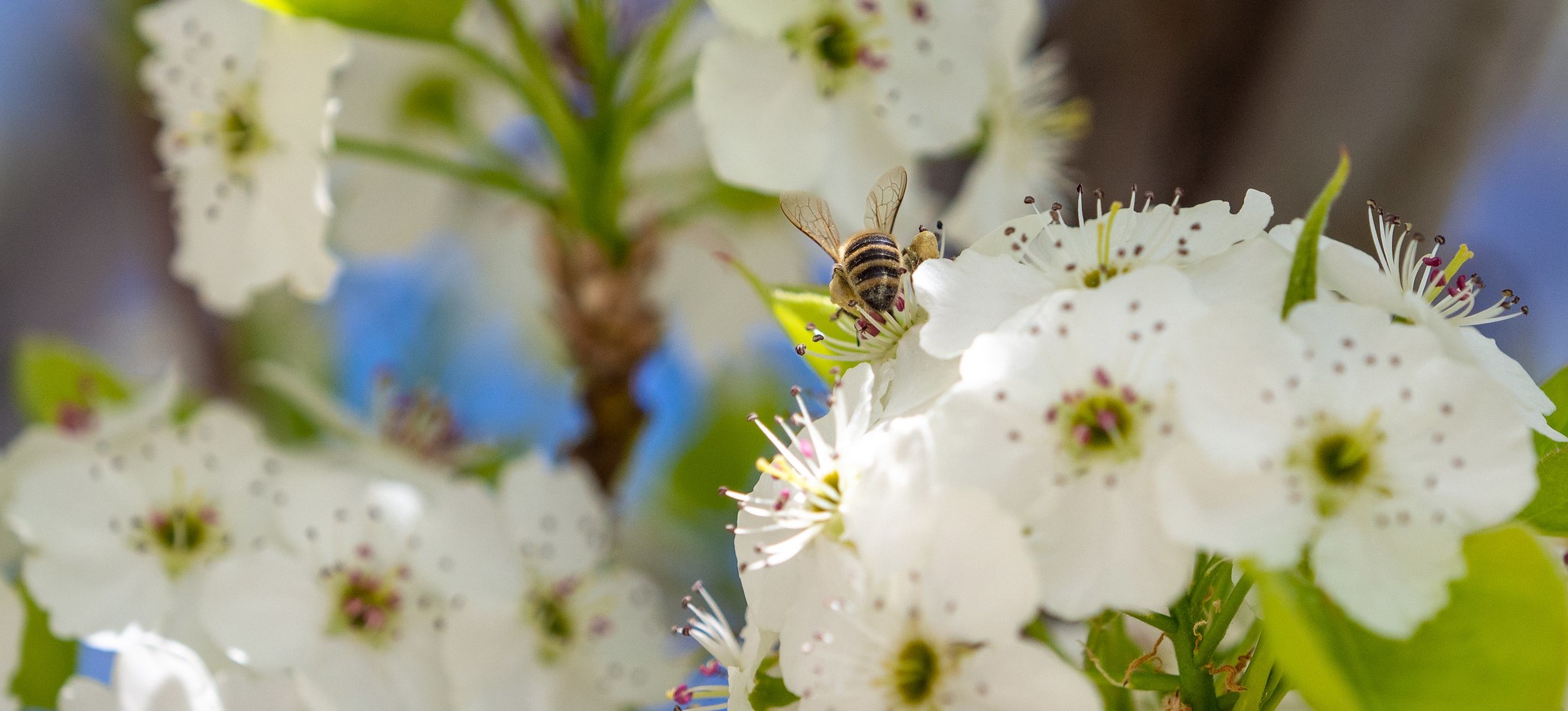Campus ecosystems play a vital role in providing a range of services to support soil formation, provide fresh water and habitat, regulate climate, promote biodiversity and provide education and recreational value. Supporting campus ecosystems and implementing best management practices for species at risk is also a fundamental part of maintaining habitat and minimizing impacts to wildlife, plants and ecosystem communities.
In support of the UBC Okanagan Campus Plan the intent to sustain and enhance local landscape and ecology, the Whole Systems Infrastructure Plan outlines a vision for providing an ecologically rich and diverse campus environment and will provide additional cultural, aesthetic, and recreational value to the broader community. The identification of environmentally sensitive areas on campus helps to guide and inform campus development and best management practices. Building Project Design Teams and interested members of the campus community should reference available campus environmental sensitivity analysis and ecological mapping in conjunction with the UBC Okanagan Sustainability Office (Associate Director, Sustainability Operations) for interpretation and/or guidance on specific ecological project considerations for development.

Species at risk are defined as plants, animals, and ecological communities that are of conservation concern because of rarity, restricted range, and/or population decline. Most occur in natural ecosystems. Approximately 52 species at risk may occur on the UBC Okanagan Campus including 11 plants, 14 birds, and 12 invertebrates. Noteworthy species include the Great Basin spadefoot toad, western painted turtle, American avocet, and California gull.
Below is an inventory of reports commissioned by the Sustainability Office, Campus Planning to guide the campus’ best management practices for habitat and species protection.
Species and Ecosystems at Risk Report:
-
-
- 2021 Oct.: Environmental Sensitivity Assessment for the UBC Okanagan campus Ecological Landscape and Biodiversity
- 2020 Apr.: Lower Innovation Precinct North Multi-Use Trail Environmental Impact Assessment Report
- 2020 Jan.: Lower Innovation Precinct North Multi-Use Trail Environmental Impact Assessment Report
- 2019 Sep.: UBCO Daycare Expansion Environmental Impact Assessment Report
- 2018 Dec.: Northern Rubber Boa
- 2017 Nov.: Western Yellow-Bellied Racer at the UBC Okanagan campus
-
Below are key reports prepared by our academic subject matter experts to support ecological and species planning on campus: